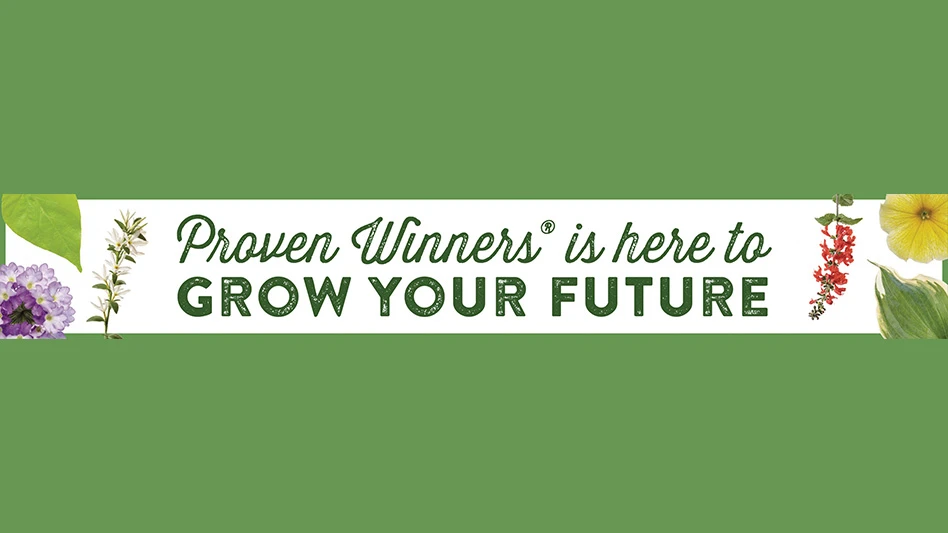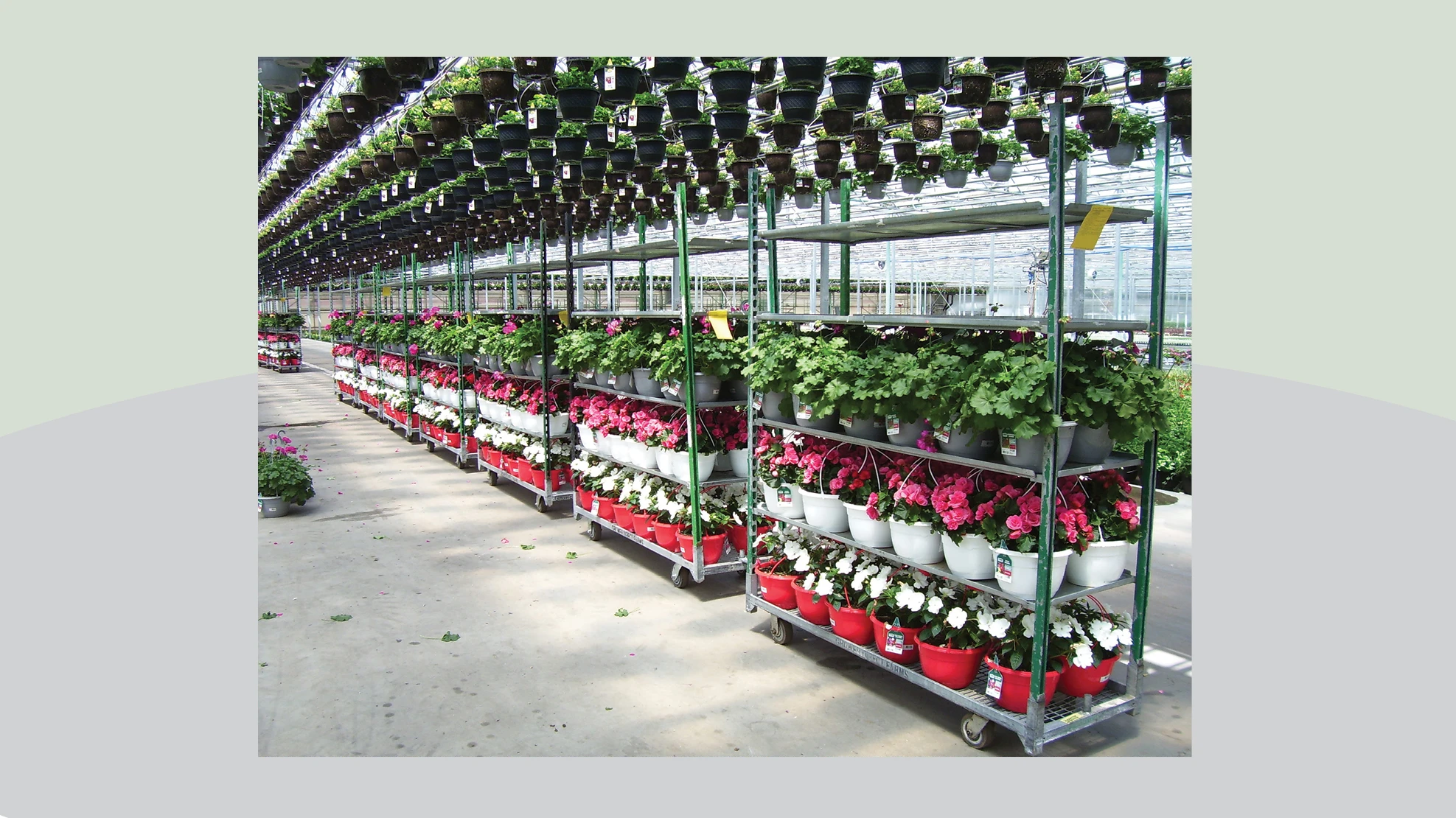|
After six intense days on a Dutch sustainable horticulture tour in October 2010, I returned to North America with a much better understanding of how intently these growers are focused on innovation.
Collectively, our group gave Dutch growers high marks for technology, innovation, willingness to change, readiness to explore new ideas and communication on the professional and technical levels. Gene Giacomelli, director of the Controlled Environment Agriculture Center (CEAC) at the University of Arizona, praised the Dutch sector for “Having the capability to turn an idea into a reality, almost overnight…” Here’s a sampling of some of the most interesting sites and technologies I experienced. Research
For more: www.tno.nl/greenhouse
The Dutch greenhouse sector aims to have only climate-neutral greenhouses built after 2020. The sector also is striving to cut carbon dioxide (CO2) emissions by 48 percent.
“The concept of the greenhouse as a source of energy has enormous potential,” said Nico van Ruiten, chairman of the steering committee for the program. “After all, sunlight is an inexhaustible source of energy, and a greenhouse captures more solar energy than it can use.” While there are some good results showing up from experiments (less energy consumed and higher yields/better quality), there are also some drawbacks (high costs and adjustments required because of the changing conditions).
For more: www.greenhousehorticulture.wur.nl.
For more: www.green-pack.nl. Lans, a tomato grower, focuses on saving energy through the use of cogeneration plants. The company’s cogen plant is fired with natural gas and it generates electricity for supplemental lighting, as well as the heat and CO2 needed for cultivation of crops. Surplus electricity is supplied to the grid. Cogeneration plants make much more efficient use of gas compared to power stations. The cogen plant’s cooling water is used to heat the glasshouses, while power stations discharge this heat as waste.
Sustainability is the basis of Ter Laak’s management approach, according to Eduard Ter Laak, one of the company owners. “That’s why we’ve invested in the most modern techniques for our new location. The solar panels on our external screen are extremely innovative and our fully insulated glasshouse facades, three internal screens, heat and cold energy sources, heat pump and cogeneration (CHP) with a flue gas cleaner have all led to energy savings and ultimately a reduction in CO2 emissions,” he said. Together with a supplier, Ter Laak developed a pot that contains 25 percent less plastic, but still meets the grower’s quality requirements. The grower also issues an annual sustainability report. Besides state-of-the-art sustainability equipment, Ter Laak also uses robotic people movers, high-tech sorting machines with cameras and pot spacing machines.
|
Get curated news on YOUR industry.
Enter your email to receive our newsletters.

Explore the February 2011 Issue
Check out more from this issue and find your next story to read.
Latest from Greenhouse Management
- Society of American Florists accepting entries for 2025 Marketer of the Year Contest
- Sustainabloom launches Wholesale Nickel Program to support floriculture sustainability
- American Horticultural Society welcomes five new board members
- Color Orchids acquires Floricultura Pacific, becoming largest orchid supplier in U.S.
- American Floral Endowment establishes Demaree Family Floriculture Advancement Fund
- The Growth Industry Episode 3: Across the Pond with Neville Stein
- Flowerful growth
- The Growth Industry Episode 2: Emily Showalter on how Willoway Nurseries transformed its business








